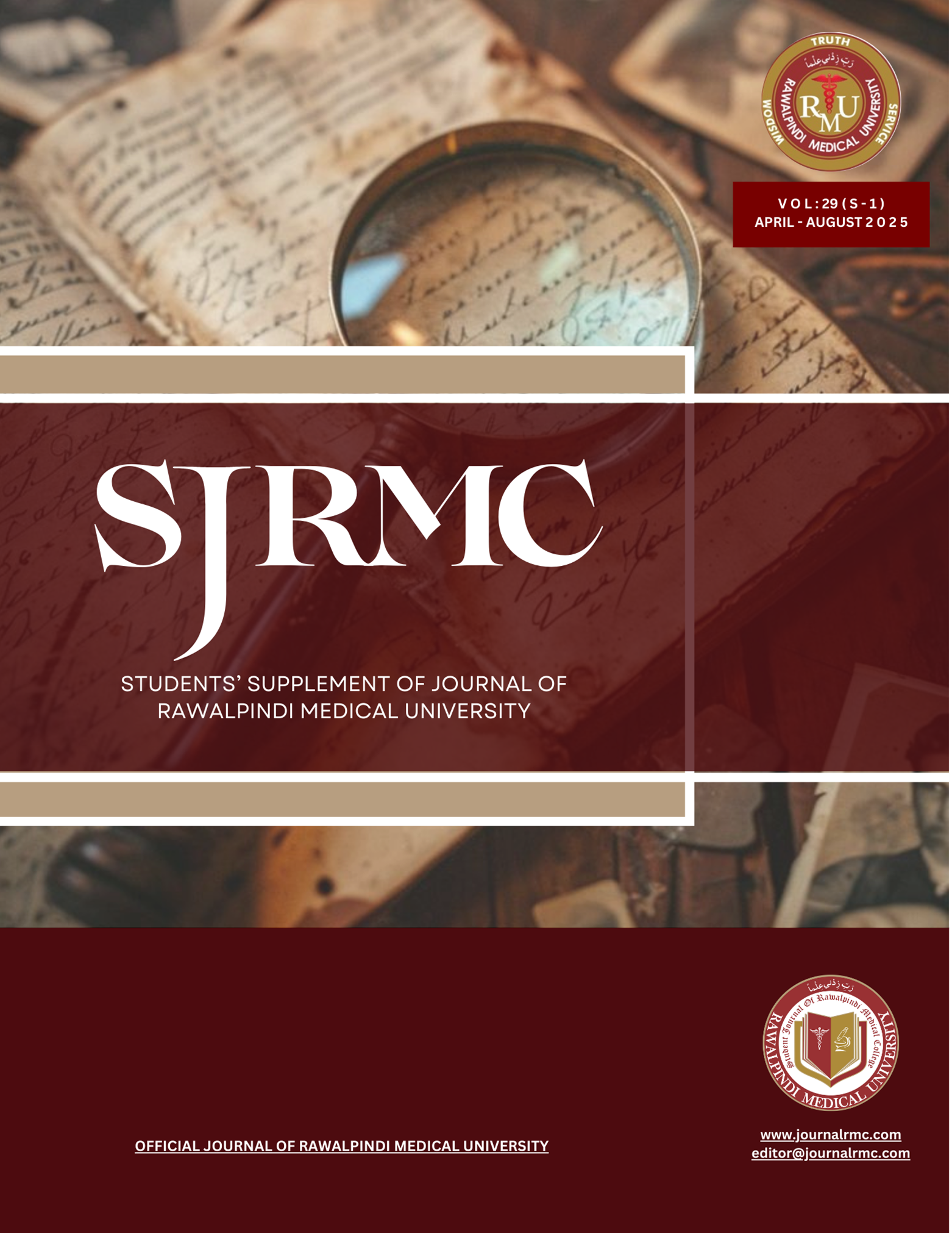Abstract
Introduction:
Traffic-related air pollution is a major public health hazard, causing millions of deaths annually. Workers with prolonged exposure are more prone to respiratory symptoms, yet research on drivers—especially the link between exposure duration and respiratory health—is limited. Rapid urbanisation and growing traffic highlight this gap.
Methods:
This cross-sectional study was approved by the ethics committee. Using OpenEpi and a total driver population of 300, a sample size of 115 was calculated. Data were collected via a standardized respiratory health questionnaire and peak flow measurements, using non-random convenience sampling. Taxi drivers who worked part-time, smoked, or had chronic respiratory disorders were excluded. SPSS 21 was used for analysis.
Results:
Among 115 taxi drivers, mean age was 39.1 ± 12.34 years, mean expiratory flow rate 433.5 L/min, and average respiratory symptom score 3.17. Fifty-five (48%) reported at least one symptom. Hours spent driving per day showed a borderline correlation with symptoms (r = 0.181, p = 0.053), while tenure showed no overall association (r = 0.110, p = 0.247). Linear regression confirmed these findings. In the subgroup aged <40 years (n = 58), however, occupational tenure significantly predicted symptoms (p = 0.009), with each additional year increasing the score by β = 0.341.
Conclusions:
In taxi drivers younger than 40, respiratory symptoms rise with longer occupational tenure, whereas no linear relationship exists in older drivers.
Keywords:
Occupational exposure, traffic-related air pollution, taxi drivers.

